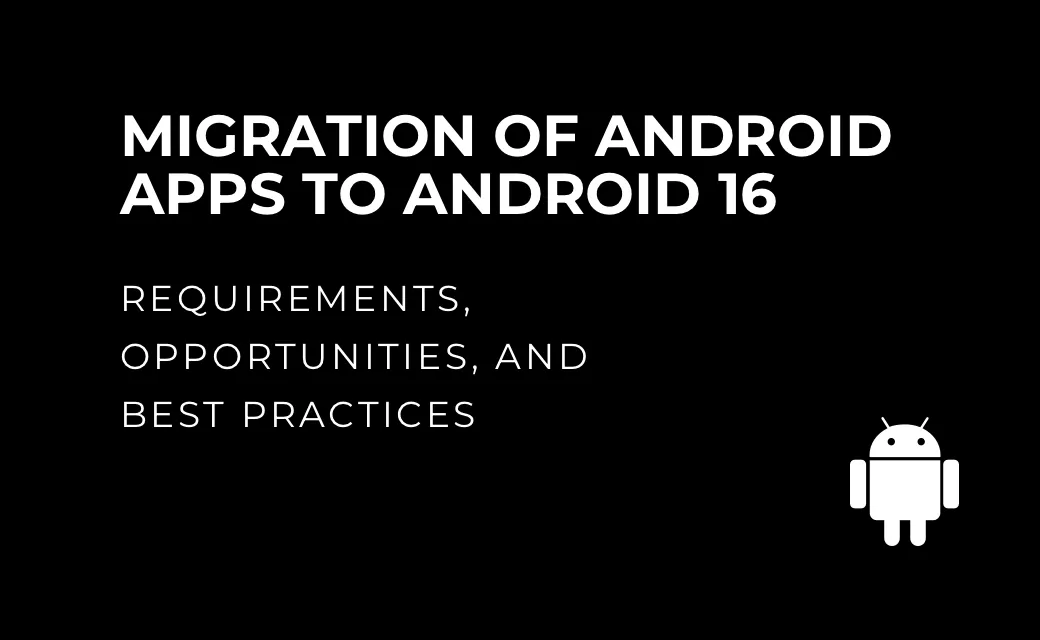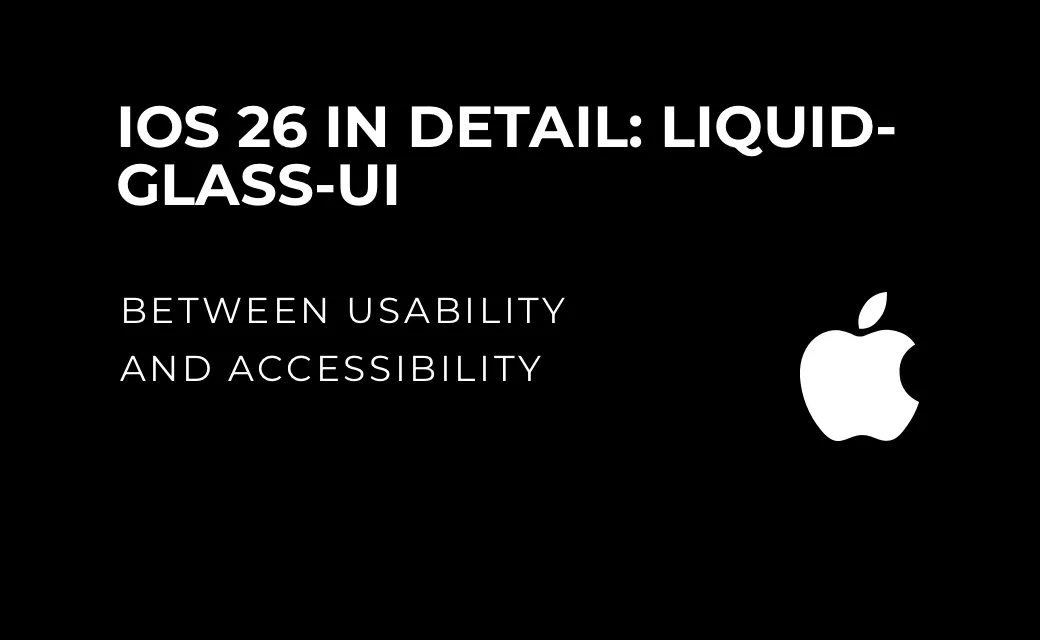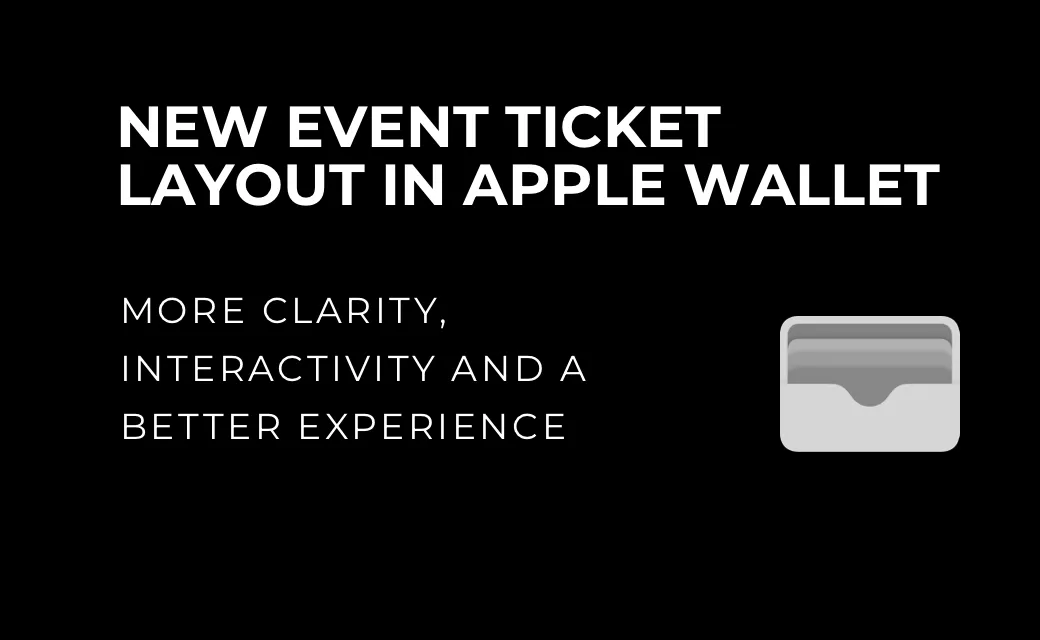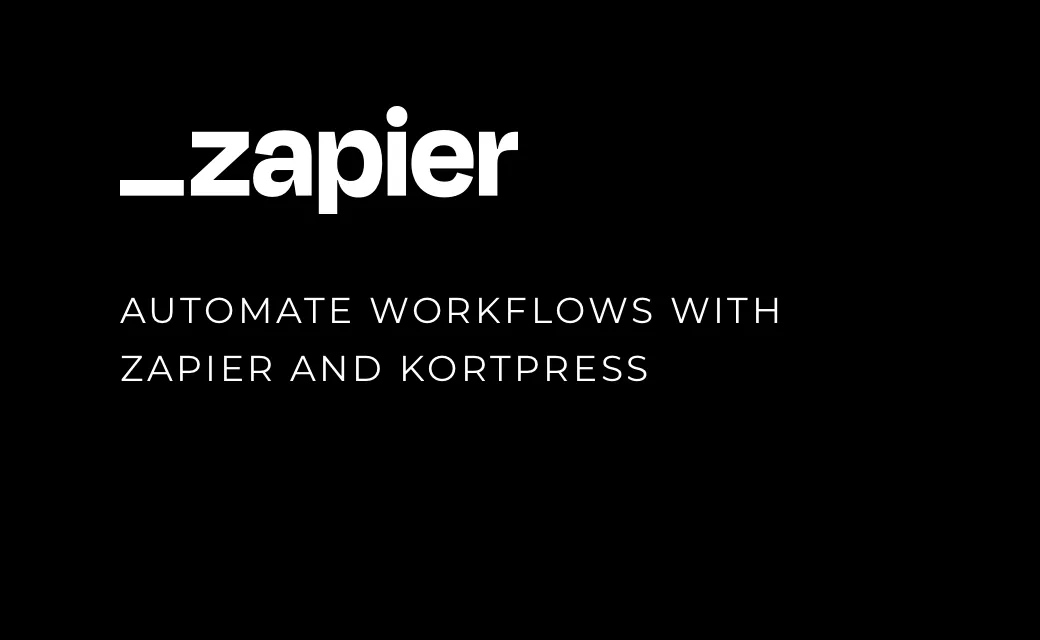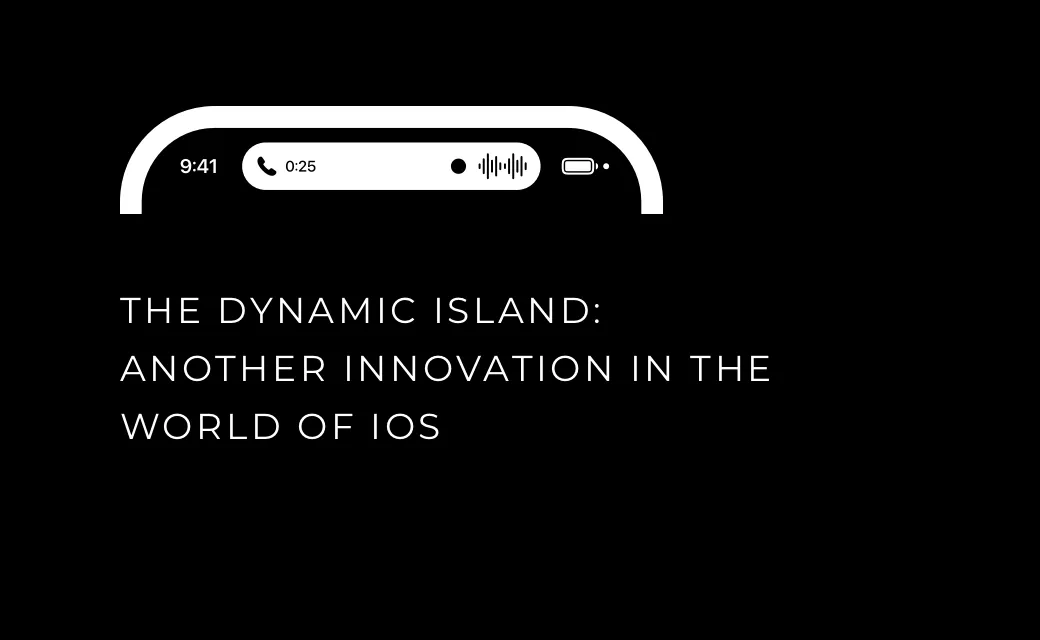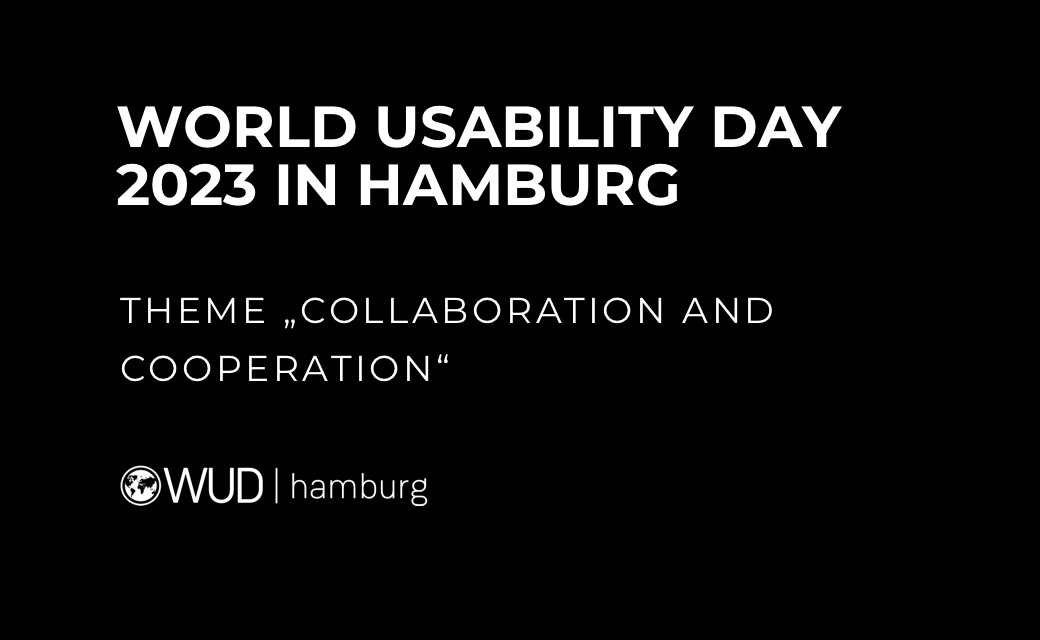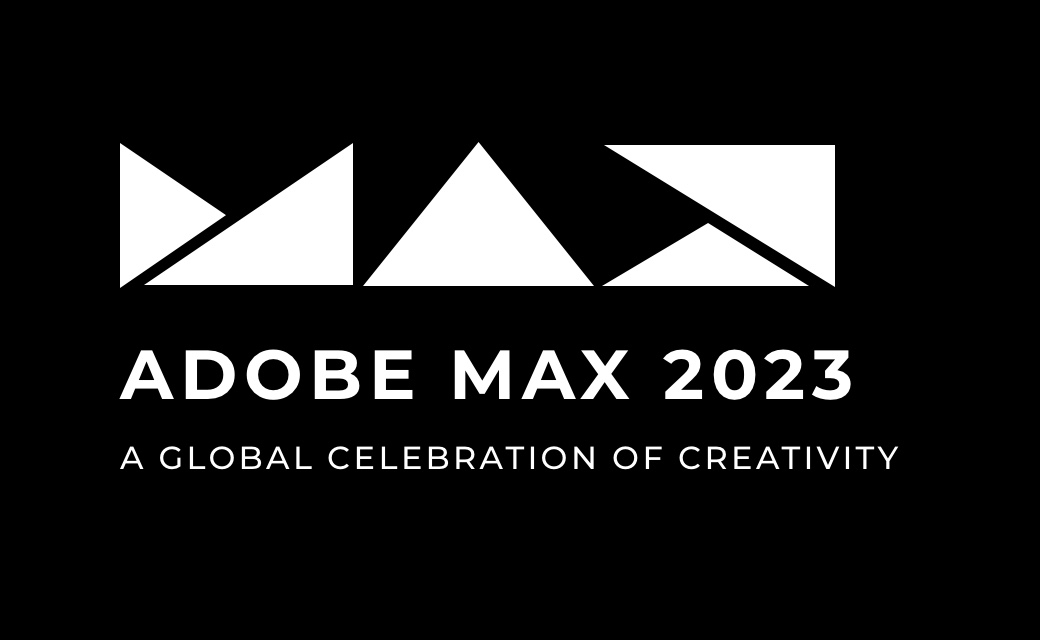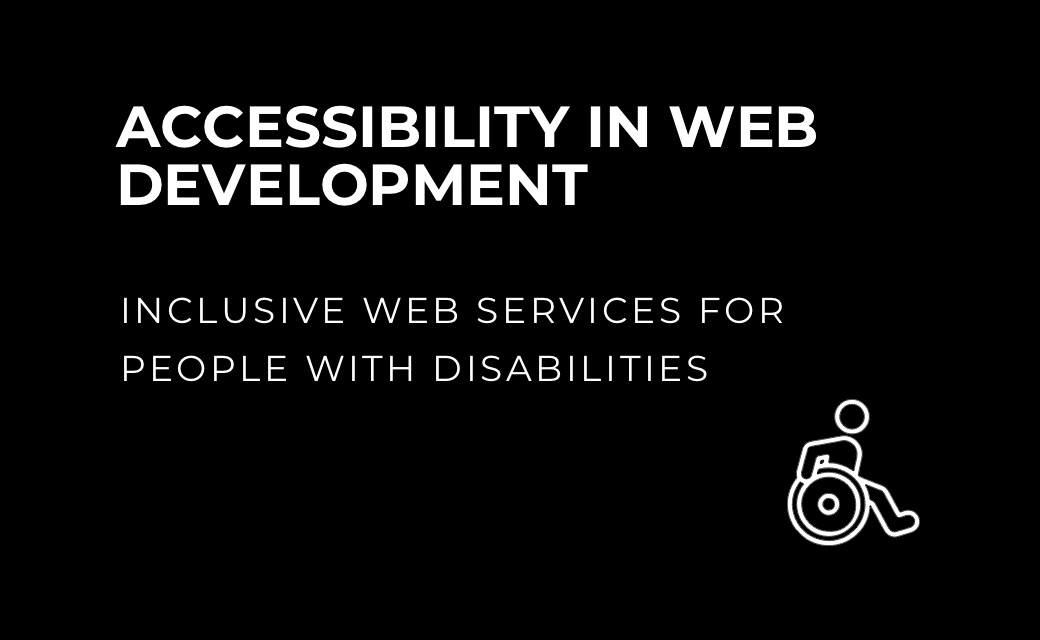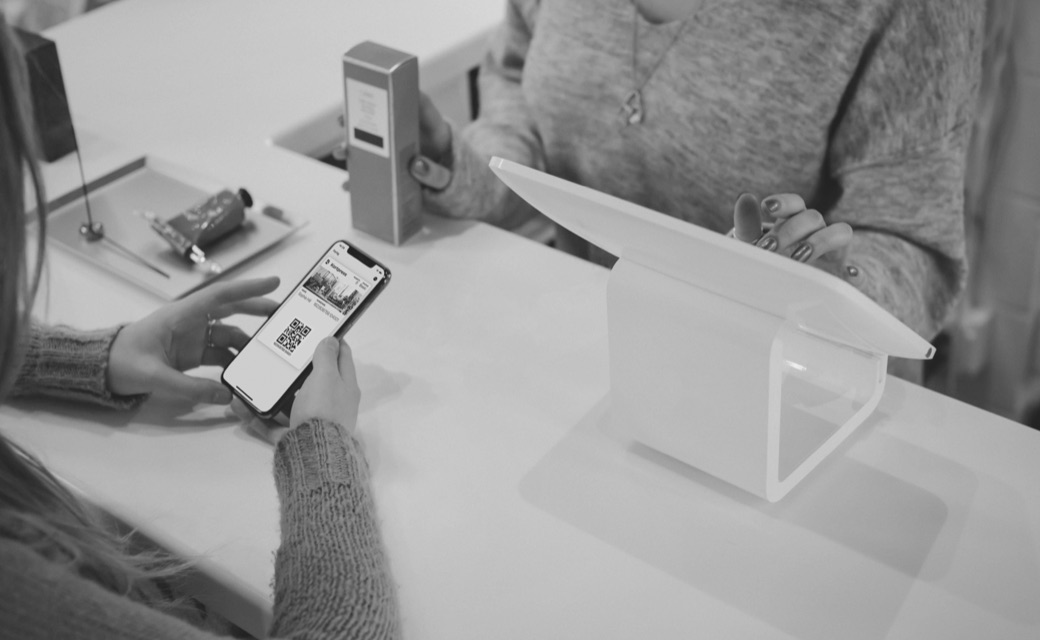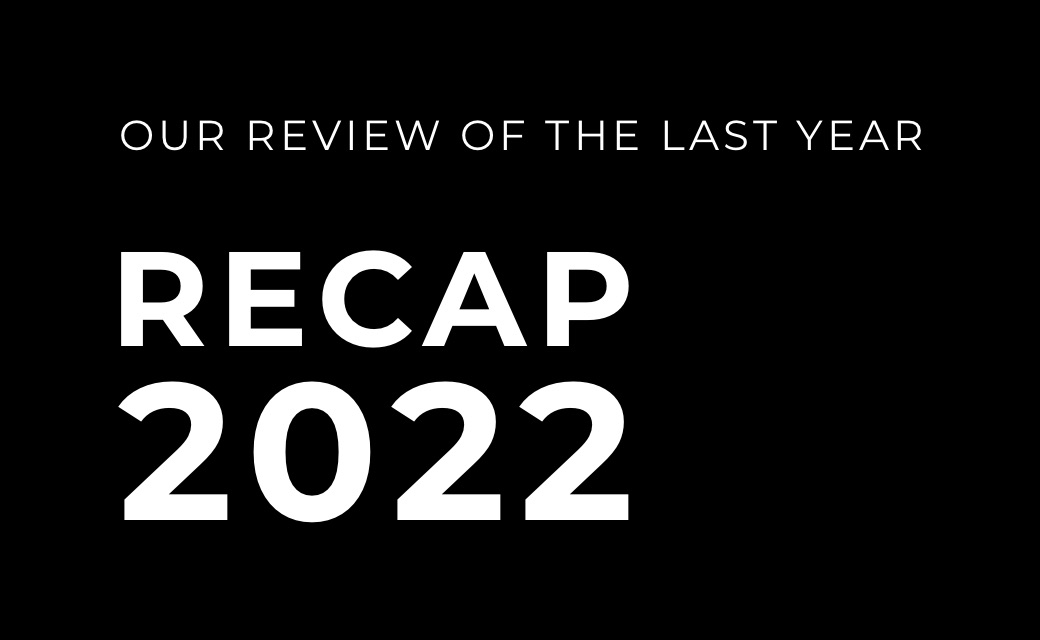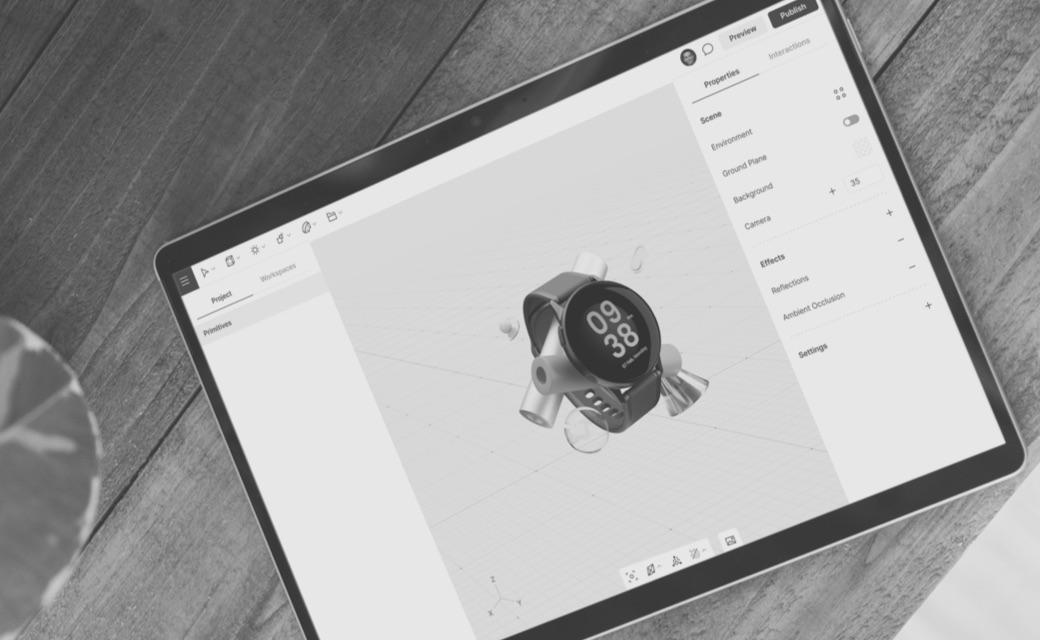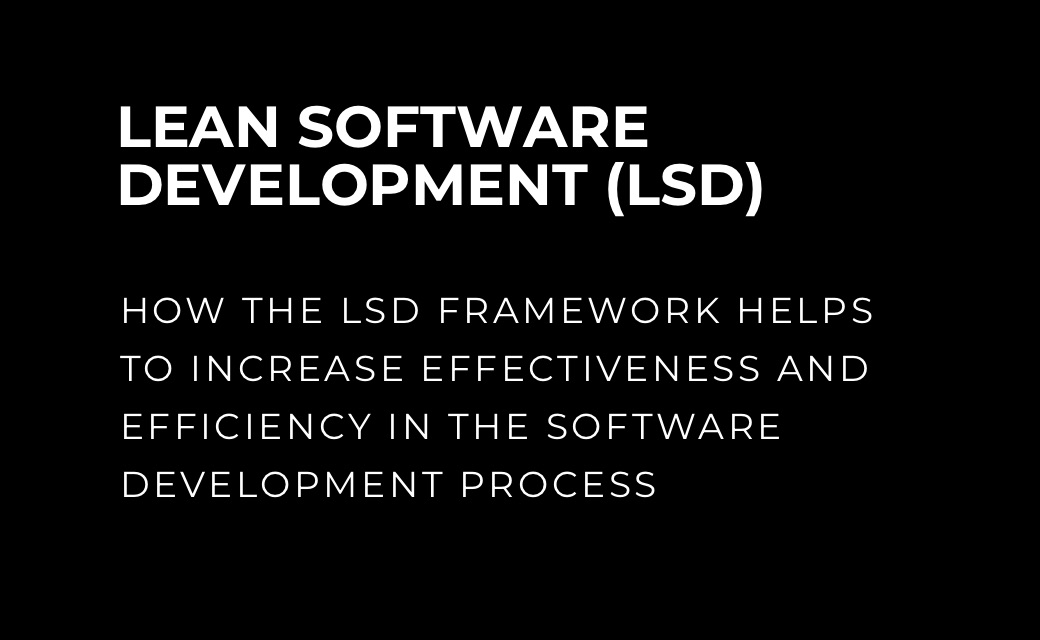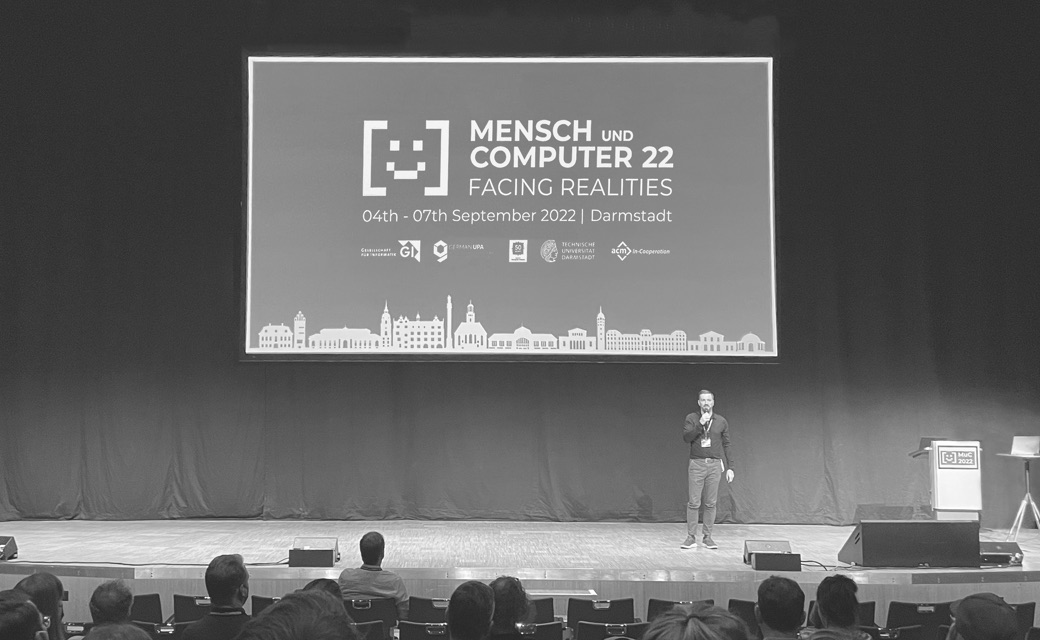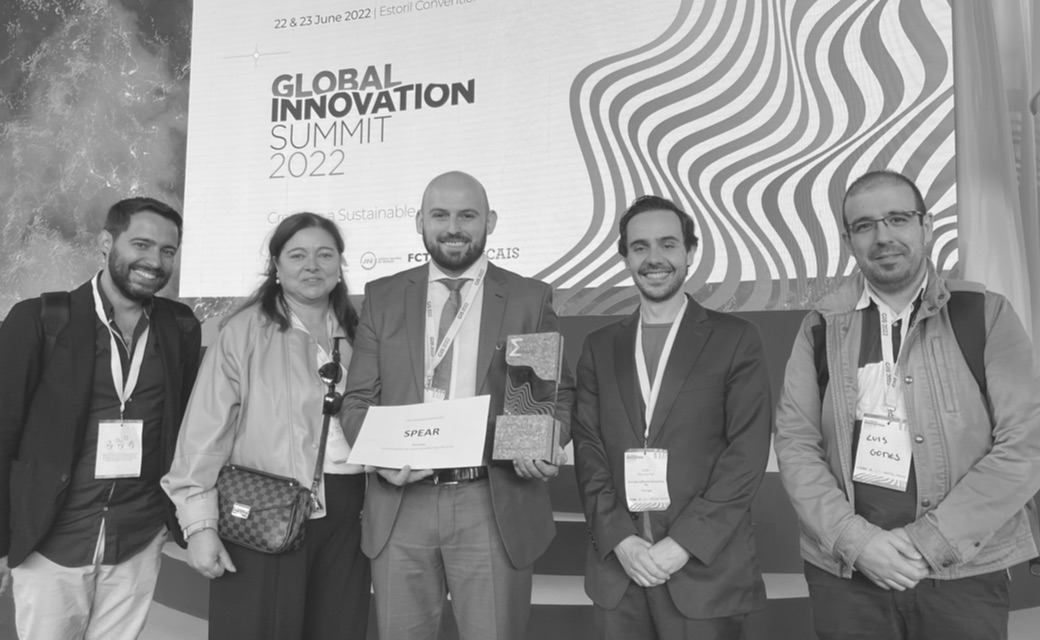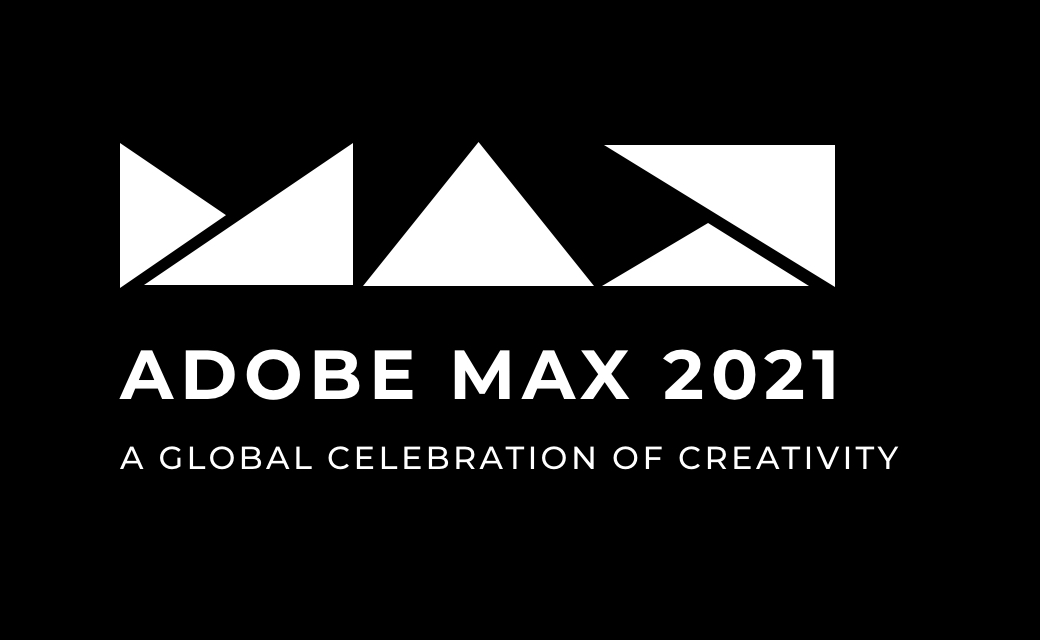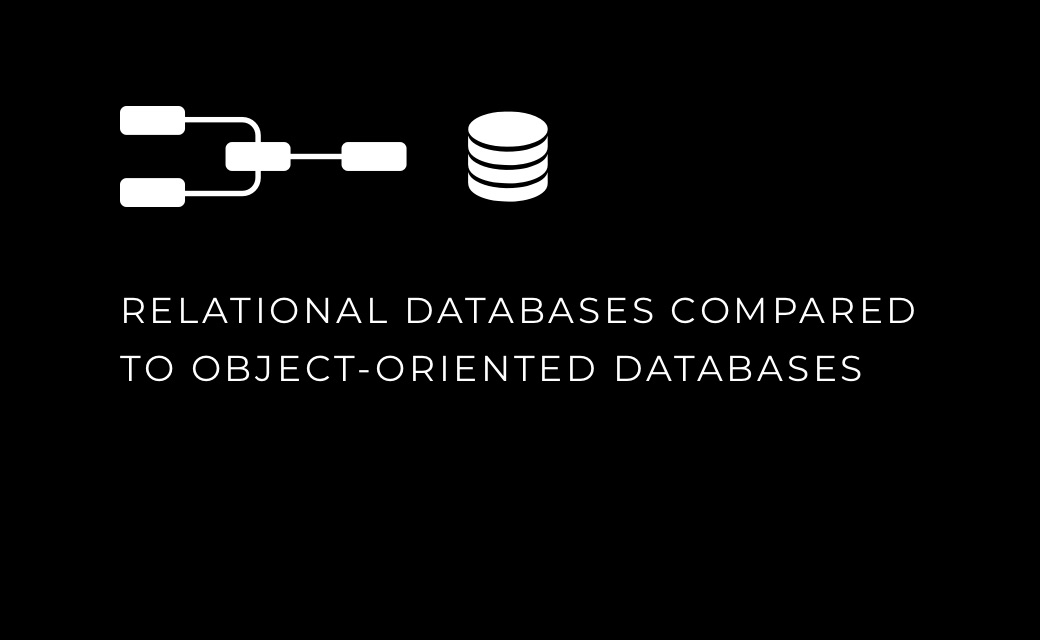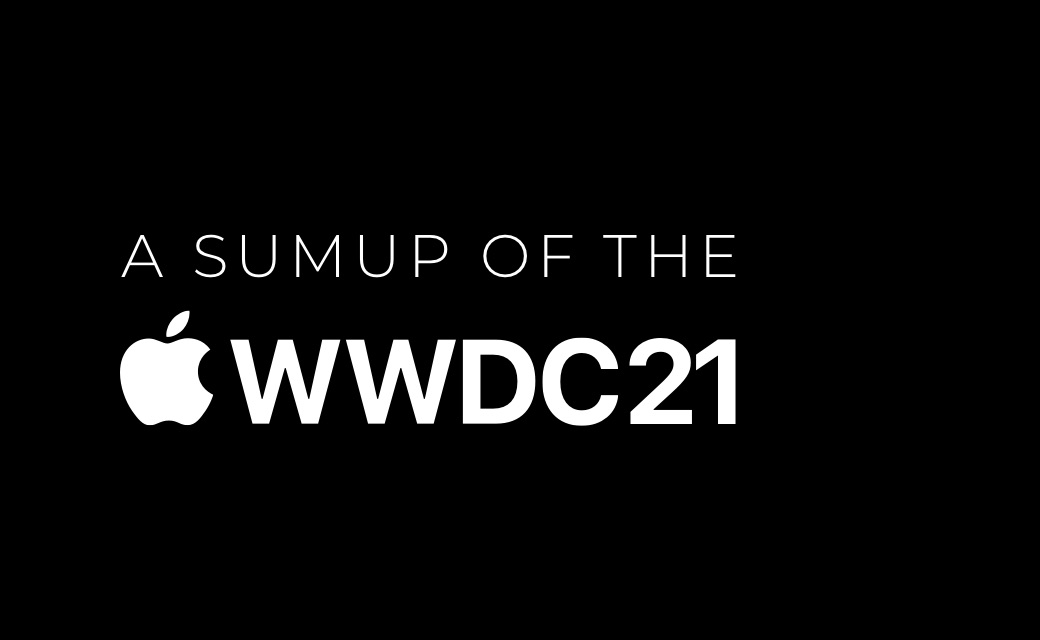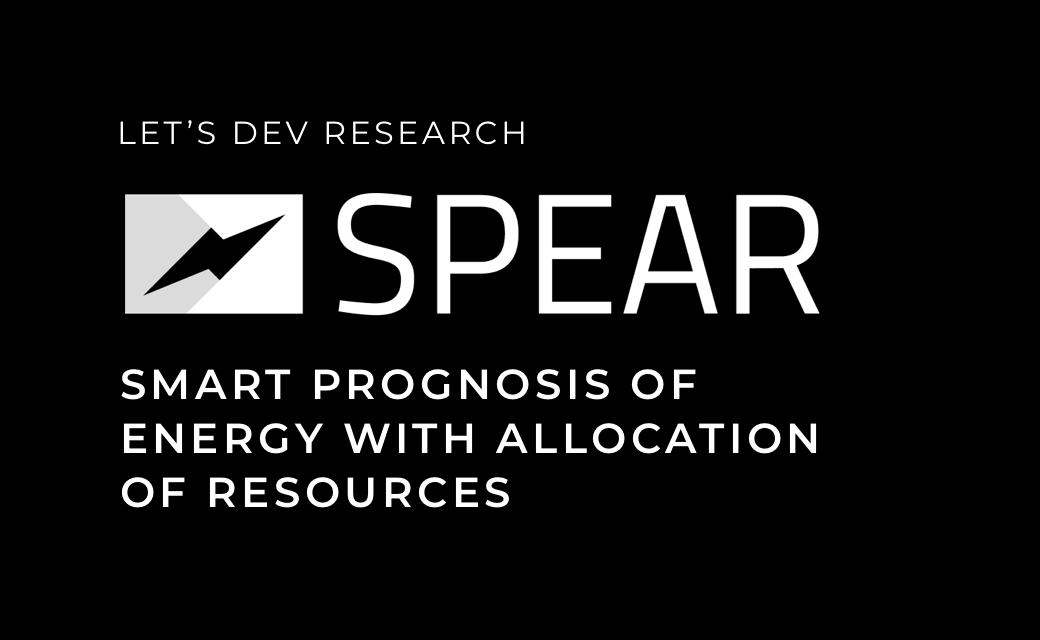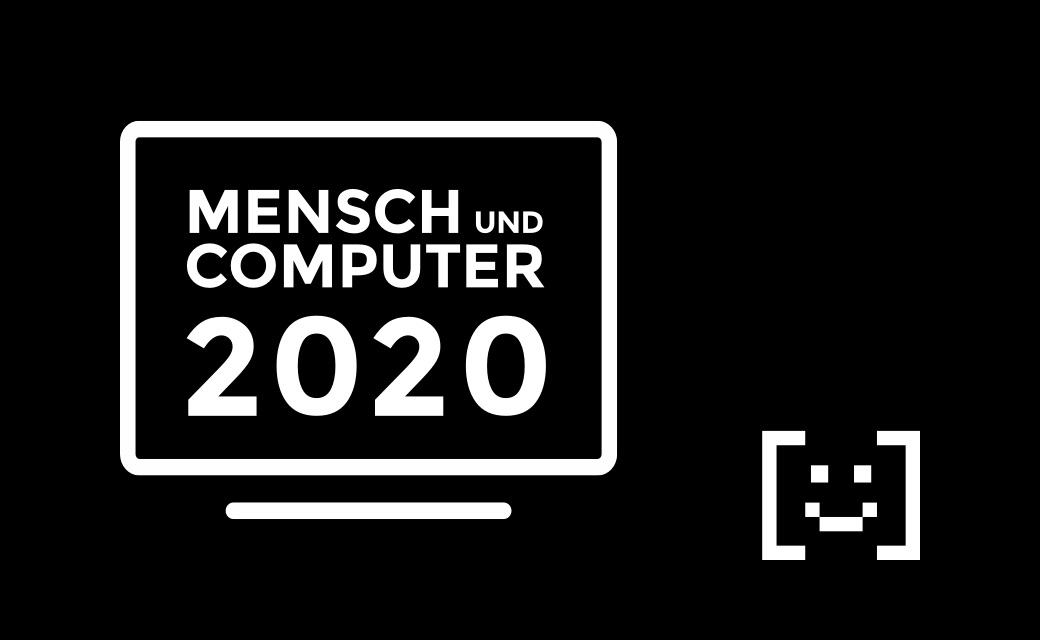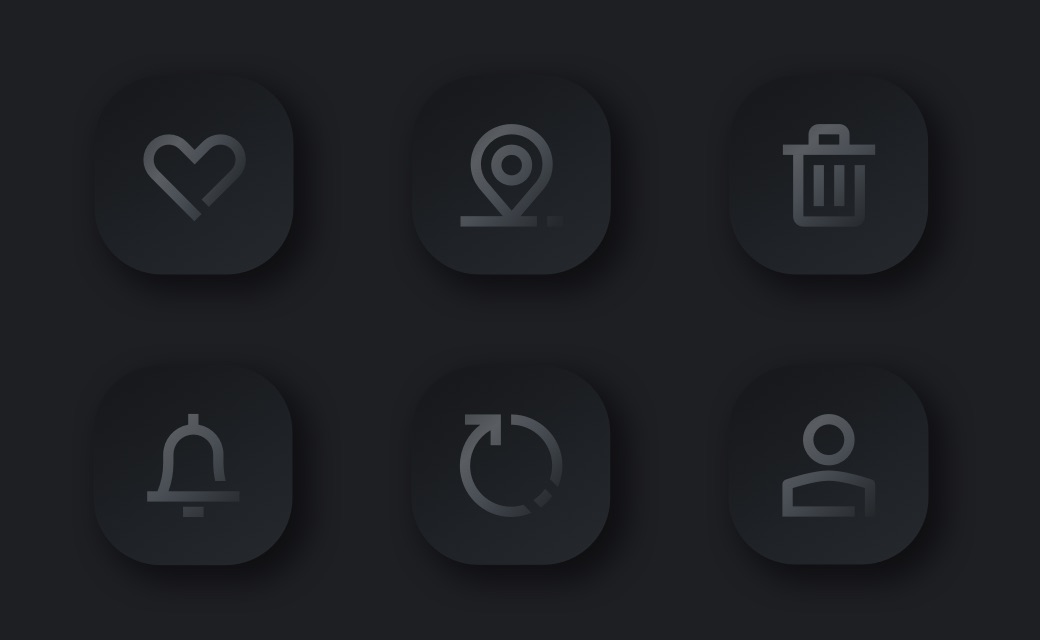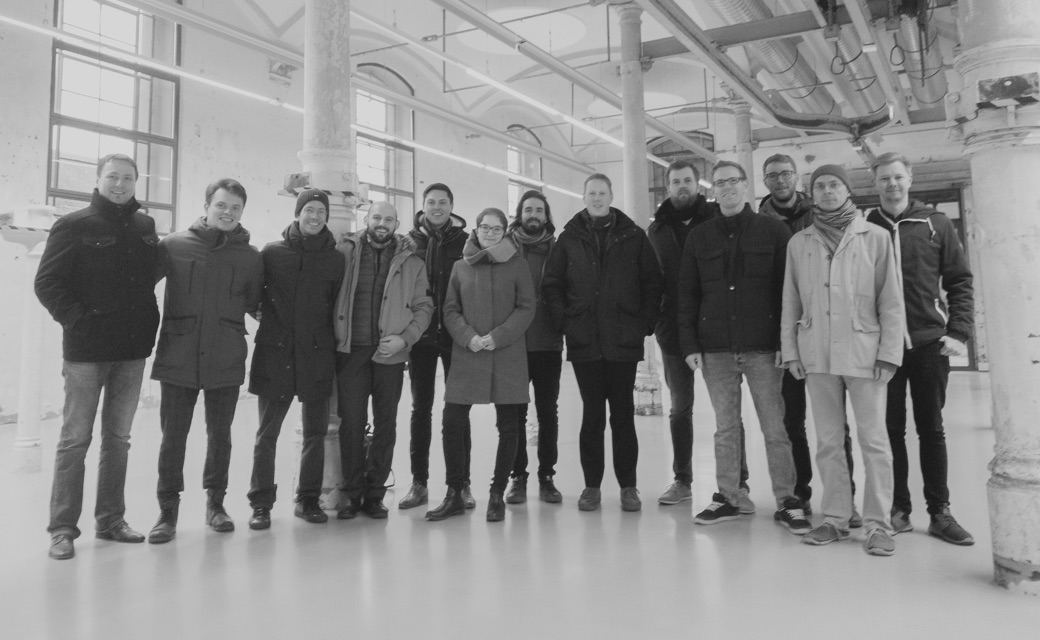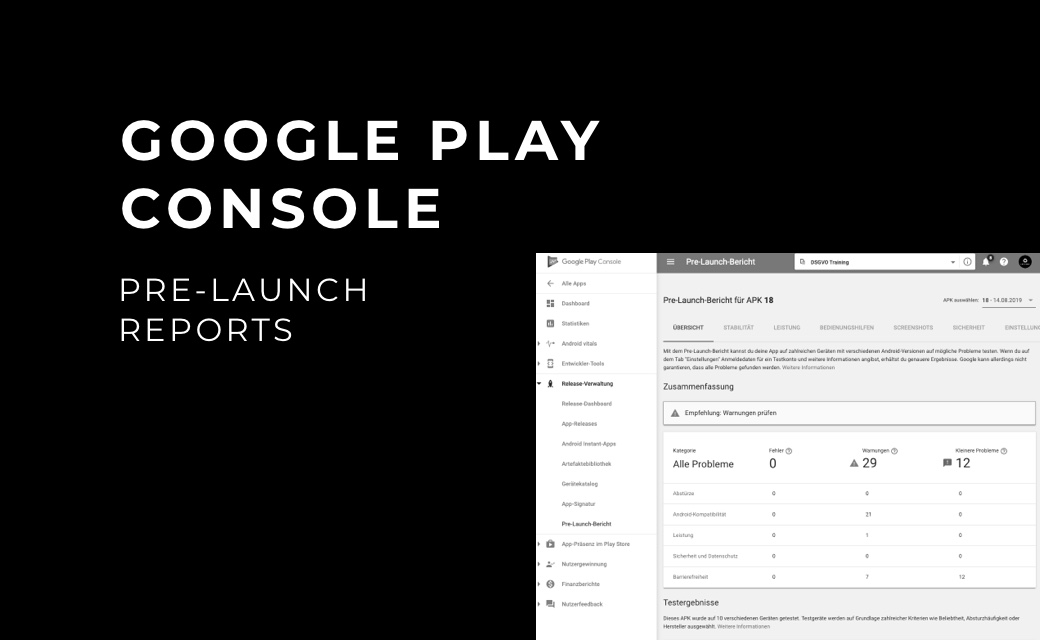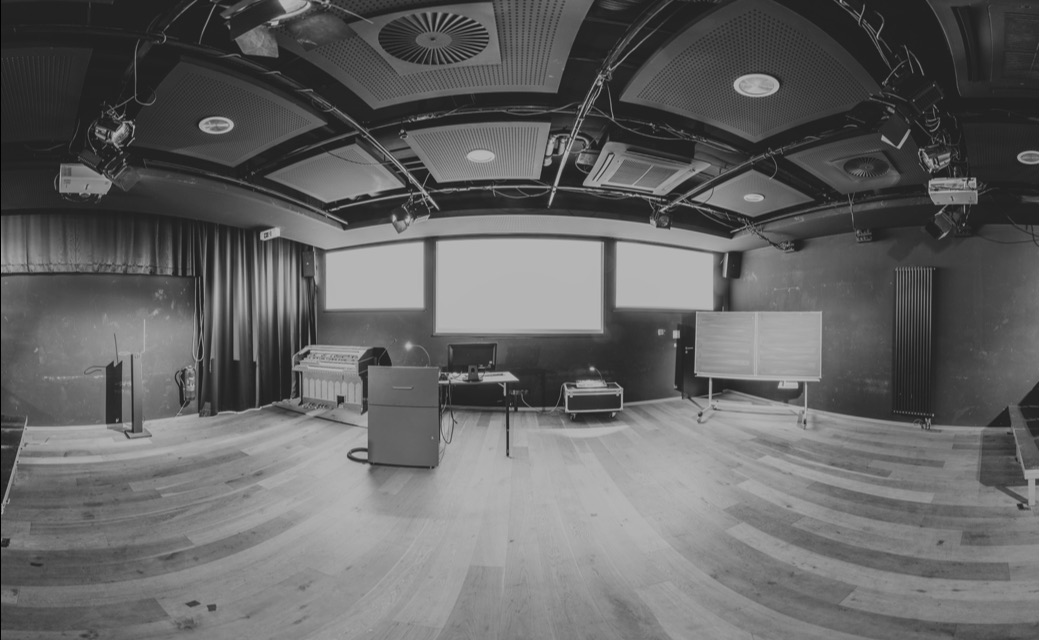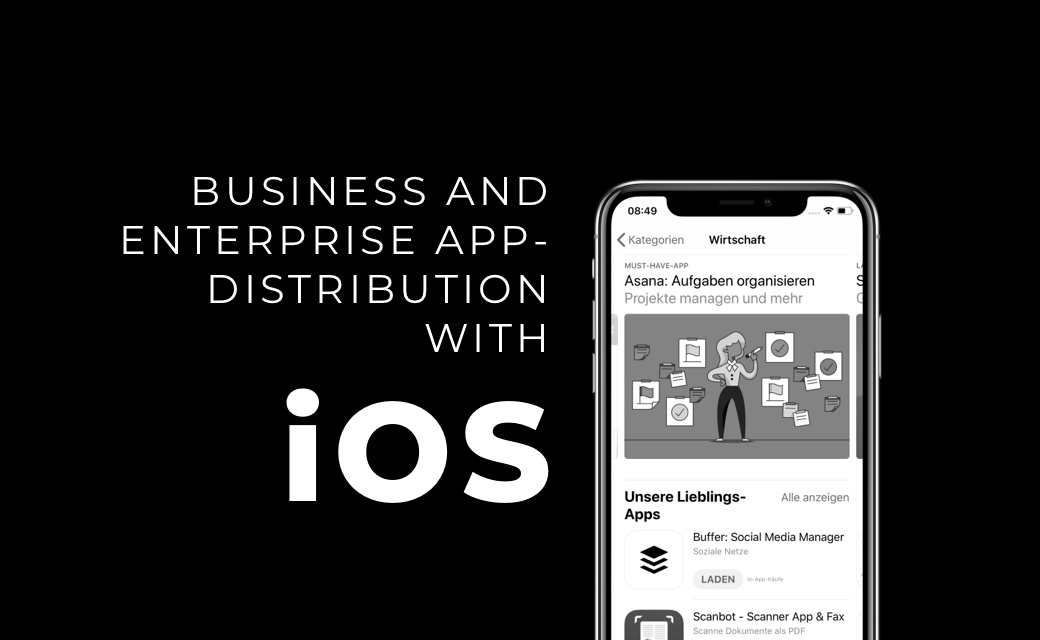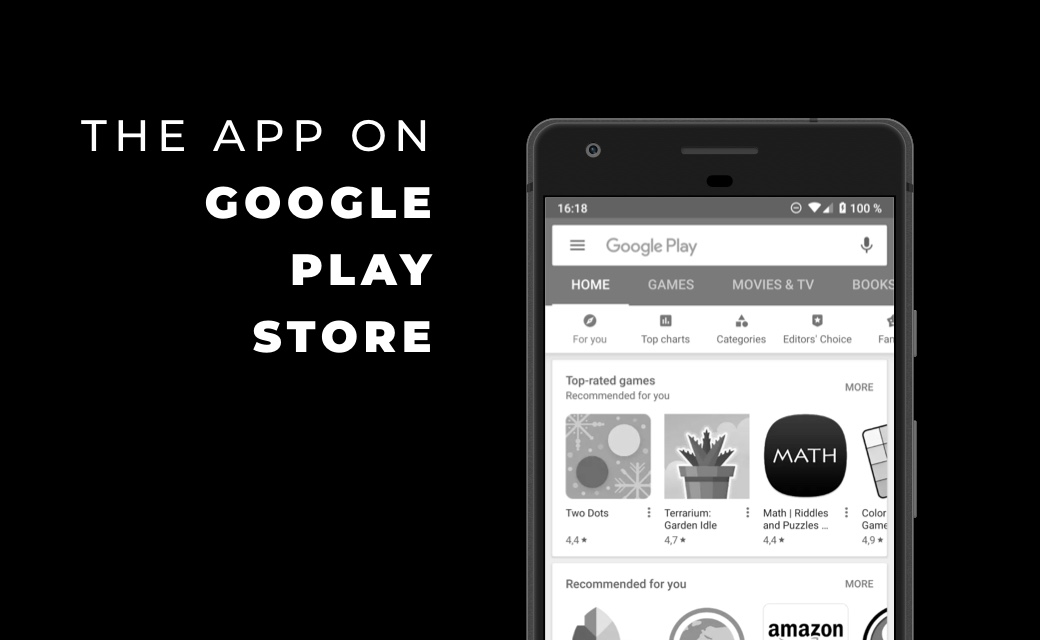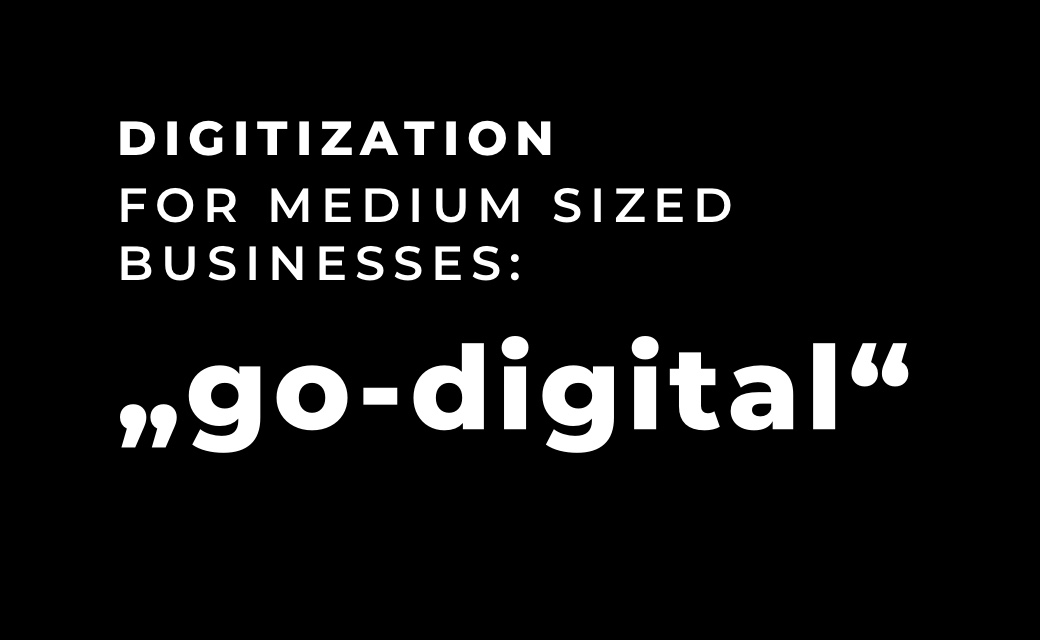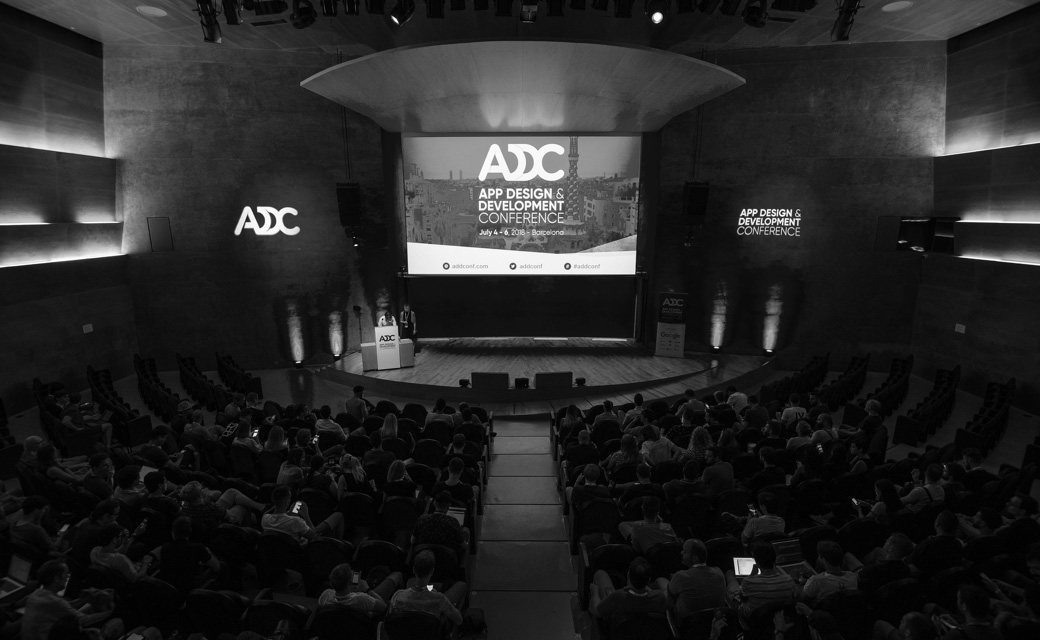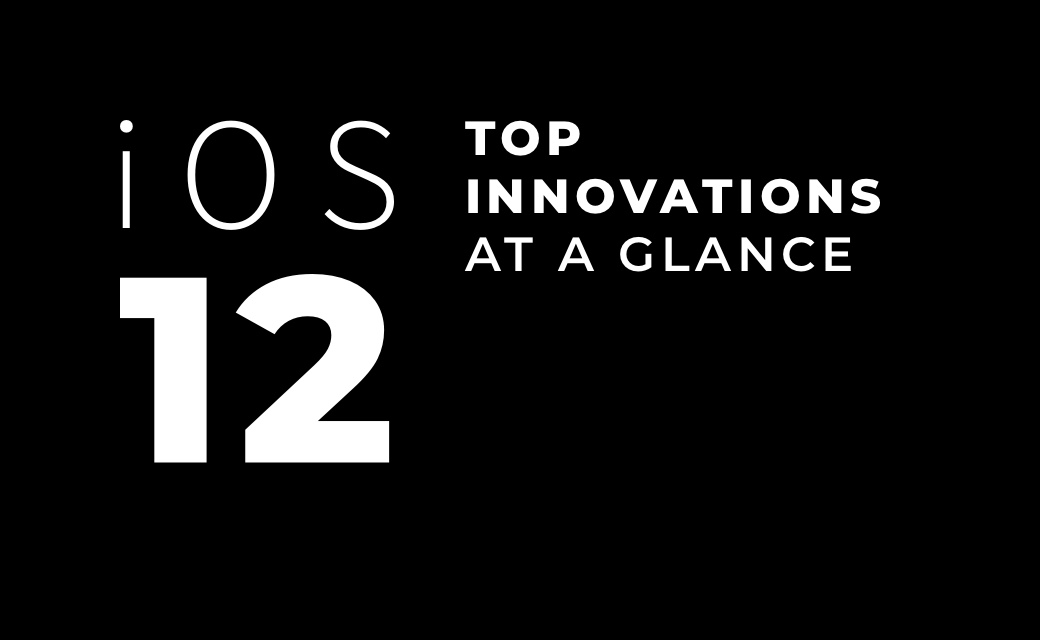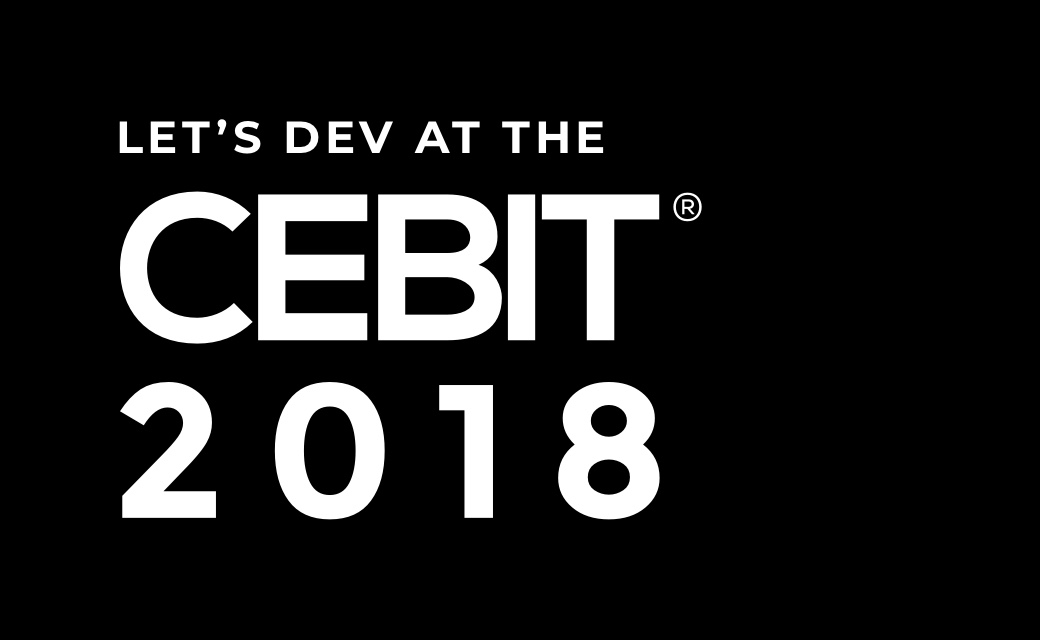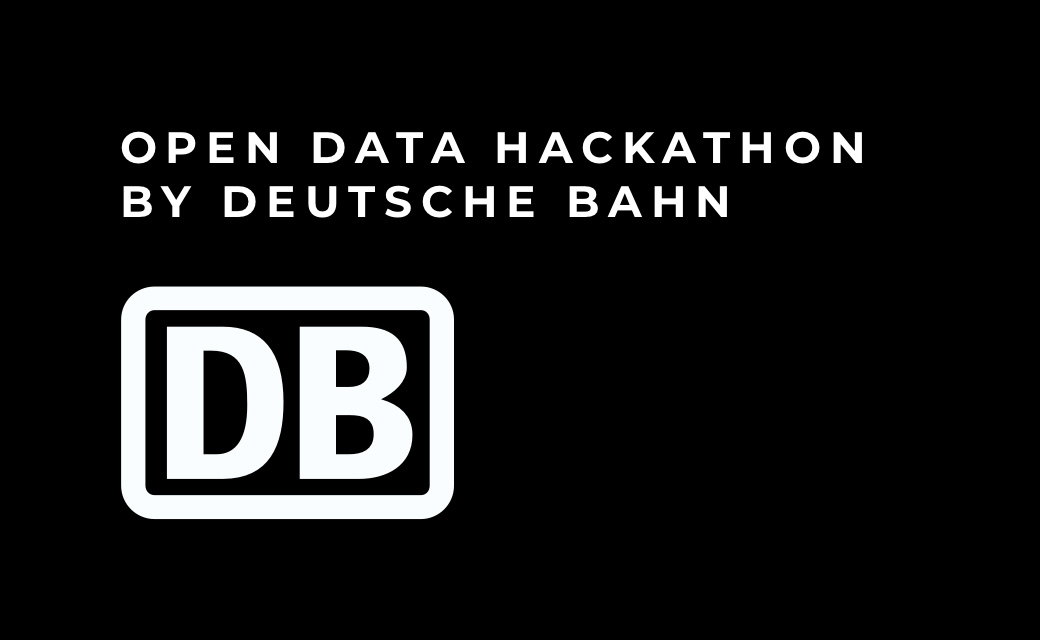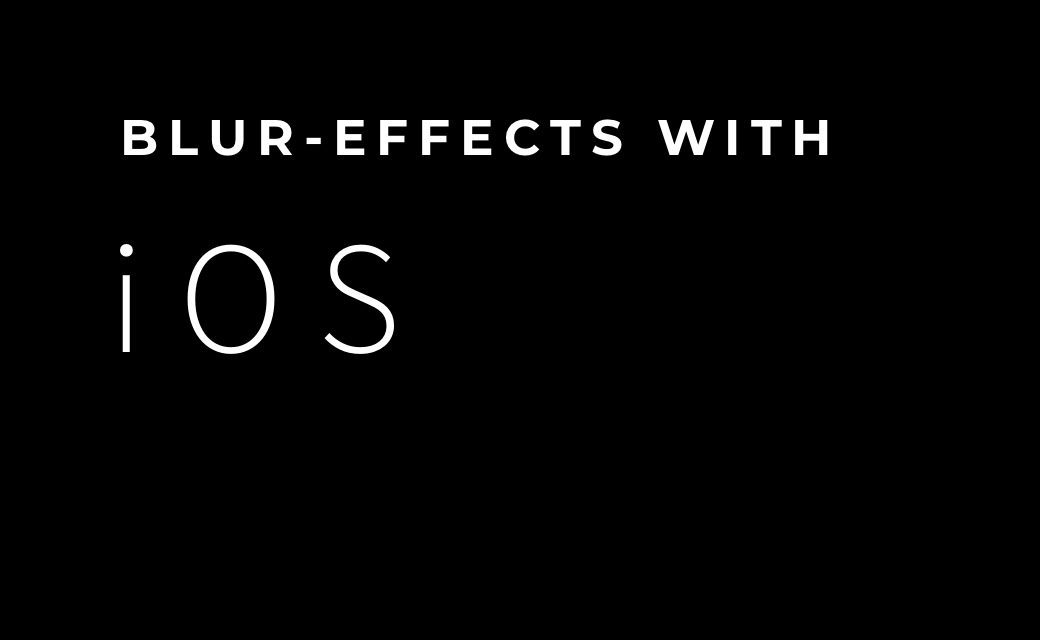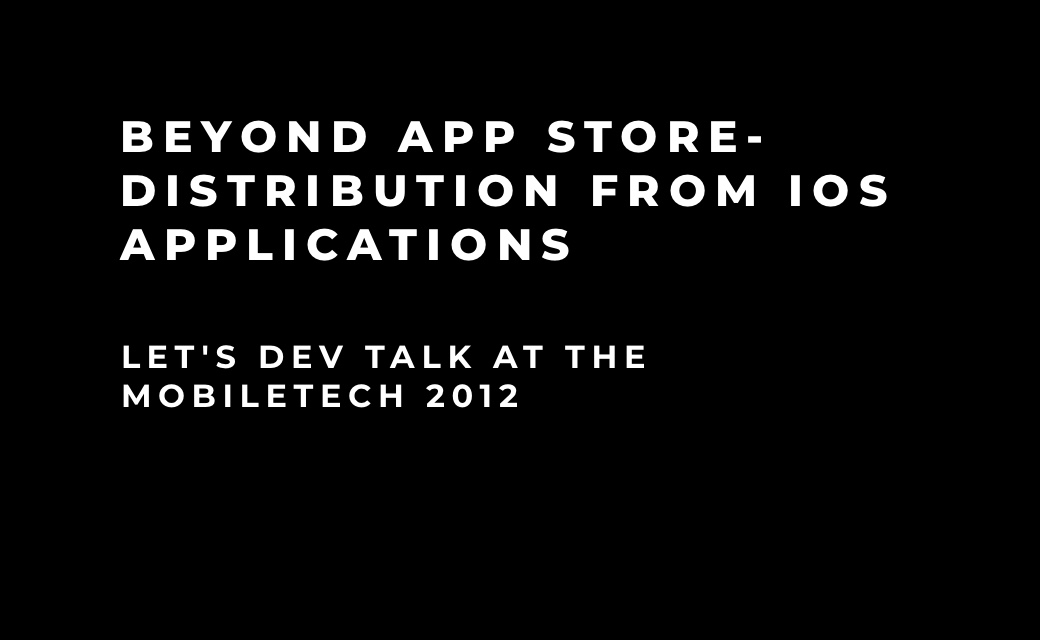Apple Intellegence was yesterday...
What was still the main topic of last year
was only briefly touched
on
at this year's developer conference. Although Apple is trying to upgrade its own
intelligence and catch up with competing AI
systems, analysts tend to point out that progress will also remain “below expectations”
next year. Apple now wants to set the
pace in this area itself and is making it clear that local on-device processing and data
protection are not at odds with
powerful features. Nevertheless, new, albeit smaller AI features are coming in the next
few months: Live Translation translates
phone, FaceTime and message conversations in real time, while Genmoji and Image
Playground generate personalized emojis and
images directly on the device. The Shortcuts app also benefits: Summaries of long texts
or automatic creation of workflows now
work via prompt.
Siri has also been revised. With more natural language, contextual memory and the ability
to link tasks across multiple apps,
such as “Remind me of this PDF that Martin sent me yesterday when I'm at home”, Siri has
become a true personal assistant.
Thanks to Apple Intelligence, Siri understands much more complex commands and follows
even multi-step instructions. From now on,
Siri can visually recognize what is currently displayed on the screen and respond to it.
It can analyze, for example, an address
and a date from a screenshot and create a suitable reminder in the calendar app. But the
AI platform itself is also becoming
exciting for developers. With new APIs, third-party apps can now use the functions of
Apple Intelligence - for example for text
suggestions, image generation or smart filters. The same data protection principles
apply as for Apple's own applications.

Figure 1: A new design era - Apple's Liquid Glass gives the user
interface a new look
iOS 19 becomes 26 and the new Liquid Design
For the sake of consistency, Apple's operating system version numbers will now all be
updated to the upcoming new year. We are
skipping iOS 19 and introducing a comprehensive design overhaul of the UI and UX with
iOS 26, which is being marketed under the
name “Liquid Glass”. The new interface relies on transparent layers, soft light
reflections and flowing animations that give the
entire system an organic, smooth aesthetic. Apple describes the redesign itself as the
biggest visual update since iOS 7 - and
the interplay of glass optics, depth and dynamic movement does indeed look like a step
into a new visual era. At the very least,
the new glass look mentioned above can be found primarily on the surface, the first
visible layer of the UI. Deeper levels, e.g.
in the navigation, remain largely untouched, so that users will find the familiar “flat
design” here.
However, iOS 26 is not only glassy, but also more functional. The phone app has been
fundamentally overhauled: It now bundles
calls, voicemails and messages more clearly and offers new tools such as “Call
Screening”, which intelligently filters unwanted
calls or “Hold Assist”, which automatically notifies users when a real person is
speaking in a waiting loop. The messaging app
has also been upgraded - with new backgrounds, interactive stickers and even survey
functions directly in the chat. In addition,
“Visual Intelligence” has been given a central role in the new system. This function
recognizes context-related information on
the display - such as text, objects or links - and offers suitable actions, such as
translations or web searches. Details have
also been adapted in other systems: The music app, CarPlay and Apple Maps have been
modernized discreetly but thoughtfully. All
of this fits harmoniously into the new Liquid Design, which not only looks better, but
is also more intuitive to use.

Figure 2: Glass, Transparency, and Reflection — The new design is
intended to be consistent across all
platforms.
iPad OS and mac OS move closer together
With iPadOS 26, Apple is bringing the iPad a significant step closer to the Mac - both
visually and functionally. For the first
time, windows can be placed freely on the screen and adjusted in size, which makes real
multitasking with several apps much
easier. A new Exposé view provides an overview by visually arranging all open windows,
similar to the Mac. The new window
management is complemented by a menu bar that can be hidden and dynamically adjusted at
the top of the screen - a clear nod to
macOS, but perfectly adapted to the touch operation and the Apple Pencil.
The Files app has received a long-awaited upgrade. Users can now set colored folder tags,
define default apps for certain file
types and store frequently used folders directly in the dock - small changes that make
everyday life on the iPad significantly
more productive. These functions and the refined interface make the iPad even more of a
dynamic work tool that makes it easier
to switch between tablet and laptop.
The Mac is also getting a breath of fresh air with macOS Tahoe. The new user interface
adopts the Liquid design from iOS and
iPadOS and ensures visual consistency across all devices with a transparent dock and
smoothly animated transitions. Another new
feature is a simplified app organization in the style of the Launchpad, which makes the
home screen clearer Spotlight has been
enhanced with so-called “Quick Keys” - shortcuts that make tasks such as file actions or
system controls even faster using the
keyboard.
Another highlight is the Journal app, which is now also available on iPad and Mac. It
synchronizes via iCloud and and allows you
to record thoughts, photos, places and activities - a kind of digital diary that
integrates seamlessly into your everyday
life.
As always, the upcoming 26 versions of all operating systems will be released starting in
fall together with the new iPhone
models. Many AI features will require an Apple Silicon chip for the iPhones and an
M-based processor for the iPad and Mac.

Figure 3: macOS and iPadOS are merging more and more - elements and
functions from the Mac are increasingly
coming to the iPad






